The Barista Guide To Dialing In Espresso
As a barista of over 8 years, I am fully aware of how long it takes to pull a good shot of espresso consistently. You’ll almost certainly need more than your machine guide if you’re a beginner.
But, It’s already a minefield trying to understand grinders, grind sizes, espresso machines, and other related parameters.
Instead of running blind into the complexities of espresso, check out my quick guide below to help you understand how to dial in espresso.
But first, what the heck is it?
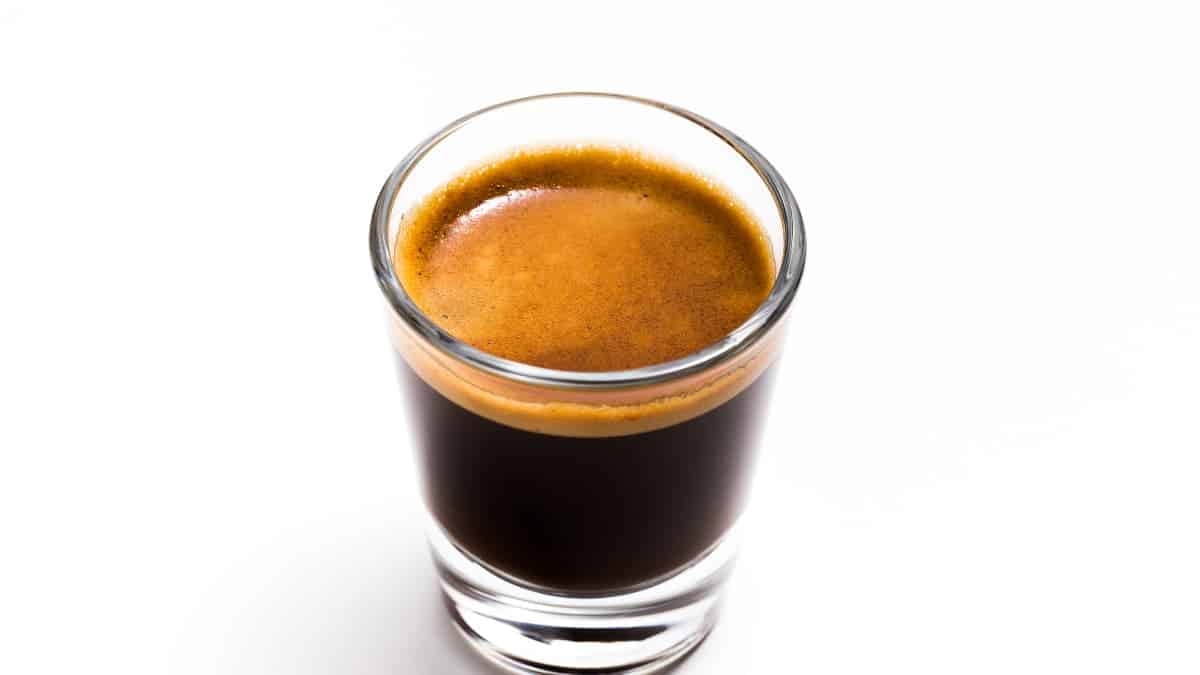
What Does It Mean To Dial In Espresso?
To dial in espresso is to use parameters associated with brewing to pull the perfect shot.
Also known as calibration, you manipulate dose, time, yield, and grind size. This lets you enjoy the best possible espresso you can get.
We’re going to discuss these in some detail below, but the main factors include:
- Dose
- Yield
- Brewing Ratio
- Extraction Time
- Grind size
By manipulating these elements, you can alter the flavor and look of your shot. Both good and bad. This alone is the reason why semi-automatic espresso makers are (in my humble opinion) best.
You, as the barista, have complete control over the parameters above and, as such, can needle in and out as required to get it just right.
Yes…You’ll become a master of espresso experimentation!
Creating A Recipe For Banging Espresso
The secret to good espresso is spread out across your coffee routine as a whole.
From machines and grinders all the way to roasts and the coffee puck. There’s always a trail (and a smell) to follow. Something new to learn and more to understand.
While you’ll find tons of recipes online, there’s nothing better than practicing your coffee skills yourself. Regularly. And sticking with the process no matter how long it takes.
Take it step by step and test. Taste. Test. Taste…You get my drift.
Anyway, we start this journey with the dose.
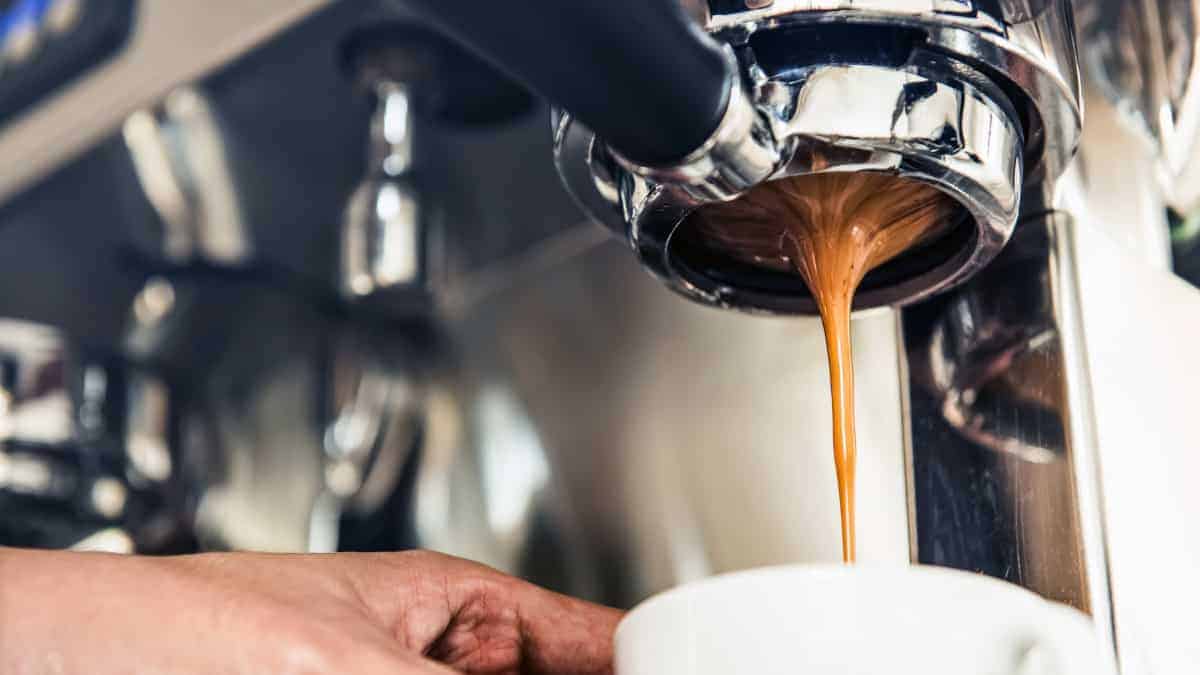
The Dose
The dose is just the amount of coffee grinds you place into your portafilter.
In a cafe setting, the dose could be anywhere from 18-21g ground beans. From here, you can aim for certain yields to get you started (more on this below). It’s important to note that grind size significantly impacts this parameter.
So what’s the right dose?
Well..It depends.
Your espresso machine will determine the size of your dose. And this will depend on the basket. See. I told you, it depends!
While your grinder will determine how consistent in size the particles in your tasty coffee dose are. And this is why grinders are so important to any coffee extraction process.
As I mentioned earlier, good espresso results from a lot of small things being done well.
Your job doesn’t stop after you dose either. You need to load up and compress your grounds correctly, ready for brewing.
How?
Well, the best way to load up your dose is to tap your full portafilter on a solid surface. This evens out your coffee puck at its base.
Leveling on top isn’t needed because that’s what the coffee tamper is for. Other methods are acceptable but as of writing, these are the most efficient ways to go about loading your portafilter.
All these small tips and tricks have a huge effect on shot quality. It all compounds much more than you’d expect!
On the flipside, the only time you won’t control your dose is with fully automatic espresso machines. Pods are pre-measured, so you only get to program the next parameter on this list.
Meh. Probably why I’m not a fan of them. So yeah, if you want control over the successes and failures of dosing – don’t go auto. Please.
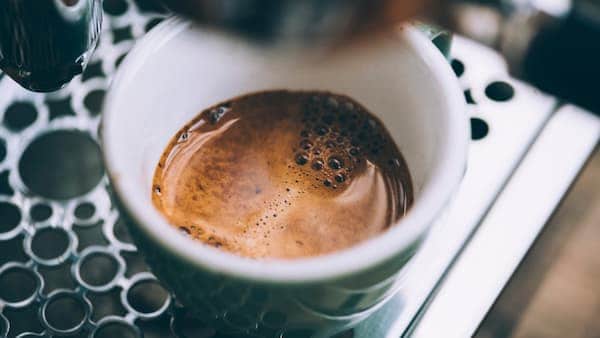
The Yield
Espresso yield is the total amount of coffee in terms of output from your espresso machine. It’s composed of two things – water and coffee solubles.
There are 2 things to examine with yield: volume and mass.
You can buy professional tools to measure these properly. An accurate scale is a standard tool in your coffee arsenal to measure mass. And if you’re reading this, I’m guessing you’ve got one anyway.
For volume, you can get a refractometer to compute for TDS or (total dissolved solids). These are the levels of fines (aka solubles) that give body and depth to your cup.
No tools? No problem. You have the best built-in tool already: your tongue.
Upon examining yield, track how long your coffee took, your coffee dose, your espresso recipe, and finally grind size.
Yield is only a guide to help you backtrack on what you can tinker with to dial in your espresso. It’s the final step before tasting. Make sure you take calculated risks with grind setting, dosing, and overall coffee brewing.
After all, failure is a lesson. Yes, bad coffee isn’t worth saving, but if it keeps you from bitter or watery cups later, I’m all for it.
Another insight you can get from yield is color.
Take note of the crema. If you see light spots or streaks, that indicates over-extraction.
Expect your coffee to be more bitter. These are just a few tips to get more out of your coffee. You will learn more the longer you keep brewing with the same beans, especially at the start.
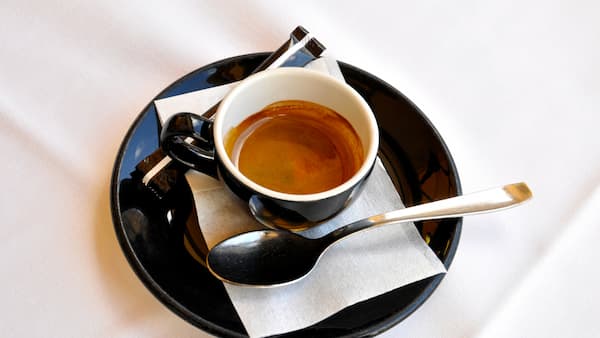
The Brew Ratio
Brew ratio is the amount of coffee you dose into your basket and the amount of espresso you end up with after brewing. It’s the “recipe” aspect of your espresso-making process.
Espresso is both a brew method and a drink. Under the “drink” category, you have different types of espresso with different bean-to-water ratios.
For example:
A ristretto is a “restricted” espresso shot. It usually has a ratio of 1:1, coffee-to-water.
An espresso is a classic coffee we all know. The grounds-to-water is a 1:2 ratio.
Finally, a lungo is a “longer” espresso shot. The ratio for it usually starts at 1:3.
Once you know these ratios, you can adjust to any machine you brew with, regardless of the parameters discussed earlier.
In coffee, oftentimes, the biggest difference is not the recipe–it’s the ratio. That’s why it can be challenging to follow cafe recipes. Or make cafe-caliber coffee by yourself.
For example, if your home machine can only handle a 16g coffee dose and you go for the usual 30g espresso, your coffee will taste different. Following a 1:2 ratio would mean that you need to pull a 24g yield to get that traditional tasty syrupy espresso!
So pay attention to this, and flex according to the type of shot you want to pull.
Extraction Time
Coffee extraction starts as soon as the water comes into contact with your ground coffee.
Extraction time is the total period that your coffee is submerged in H2O, leading to yield.
The usual range is 25 – 30 seconds.
This is why it’s essential to dry your filter basket before dosing. A wet basket kickstarts extraction before you intend to start it.
A good barista should include these little details in his process consistently. Yup…There is more of a science to coffee brewing than most people think.
Pre-infusion is the process of wetting your grounds before brewing with pressure. Depending on your machine, this could be a built-in feature.
It improves extraction by allowing your coffee puck to bloom. When it blooms, you prevent having a channel show up in your puck. You’ll get more balanced cups of coffee with this extra step.
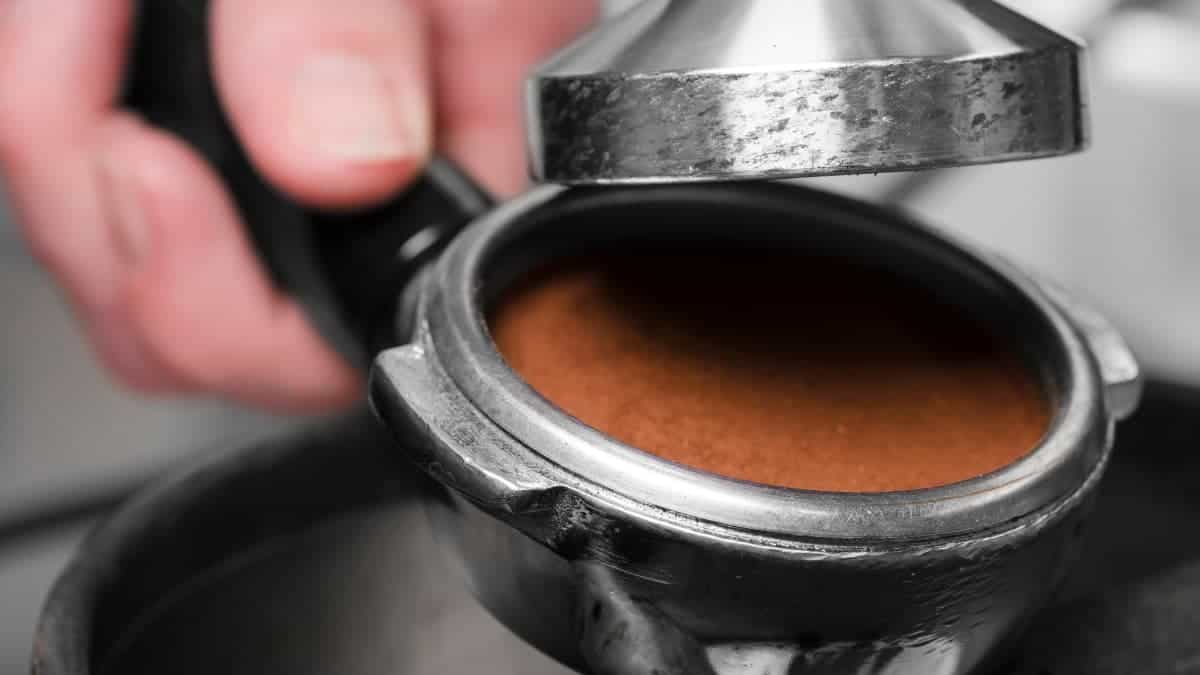
Long Extractions
Increased time means more extraction, everything else being constant.
This leads to higher yields. But, In some cases, increased time can lead to bitter espresso or long waiting times. Never ideal.
Some indicators of long extraction times are a thin espresso body and bland tasting coffee. In this case, bland means a faint, non-lingering finish.
If you suffer from this, try going shorter.
Short Extractions
Quick extraction times mean less extraction, everything else being constant.
This can lead to lower yields. Again, better as a solution rather than an end product. Fast times can lead to sour or salty espresso. You also get smaller espresso shots.
To master this aspect of the espresso brewing process, you will need to stick to parameters. Make sure that your espresso extracts within 25-40 seconds.
30 seconds is the norm for most books. It will take lots of practice and familiarity to get you pulling like a barista. Possibly a large amount of coffee too. But it will be worth it!
Manipulating Grind Size
You want to try to make sure to get your espresso dialed in within 3-5 pulls to avoid wastage.
It will take time and practice. If you find yourself taking longer than usual, it’s time to examine past dose, time, and yield.
Enter grind setting.
Your grinder will have a HUGE effect on your coffee. More than an espresso machine.
Grinding is a process that occurs closer to the whole bean compared to brewing. Since it’s higher up in the chain, getting it wrong will be harder to fix.Everything else being equal, grind size affects extraction time the most. It’s examined last because it will affect all your other espresso parameters.
Grinding Coarser
When you put your grinder on a coarser setting, you allow your espresso machine to pass through your puck easier.
Water flows through gravel compared to sand. This will shorten your shot time. If it’s less than 20 seconds, you’re grinding too coarsely.
If you have a programmable grinder, you also increase your dose as you grind coarser.
Lastly, if you have a programmable machine, you’ll end up with a higher yield than you’d like. This means that your coffee will be more water-like and bland.
All this means is that grinding coarser is a solution to long extraction times or over-pronounced flavors in your cup. Remember that the perfect espresso is balanced. Not sour, salty, and bitter at the same time.
Grinding Finer
When you put your grinder on a finer setting, you’re making it harder for water to pass through your coffee grounds.
Imagine how slow liquids pass through a jar of sand. This will lengthen your shot time. 30 seconds is ideal. 45 seconds and above can be considered too long. This isn’t ideal for a barista in a busy shop.
If you have a programmable grinder, you lessen your dose as you grind finer.
If you have a programmable espresso machine, you will end up with a smaller yield. This will make your coffee stronger than you’d prefer.
Troubleshooting Espresso
Coffee Too Sour
This means that your coffee is under-extracted.
During extraction, acids are the first to seep into your cup. Ending it too early leaves the sugars (and some) caffeine in your ground coffee. Your grind size could also be too coarse.
Check on your parameters and re-dial!
Coffee Too Bitter
This means that your coffee is over-extracted.
Approximately 30% of each coffee bean is composed of desirable flavors. A few seconds or ml’s above this will extract the extra 70% you don’t want in your cup. Note – If your coffee is too bitter, your grind size could also be too fine (aka Turkish grind).
Frequently Asked Questions
What are the 2 layers of a shot of espresso called?
Espresso shots have 2 layers: crema, and body. The crema is the top part that is a mixture of oils and gasses.
The body is made up of water, fines, and flavor. Ideal espresso has golden brown crema and a syrupy body.

